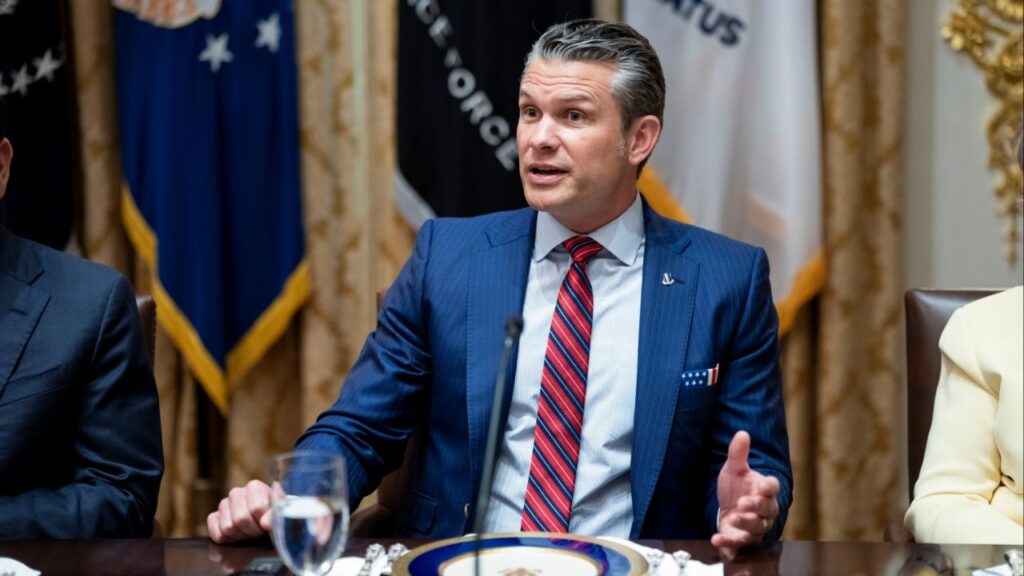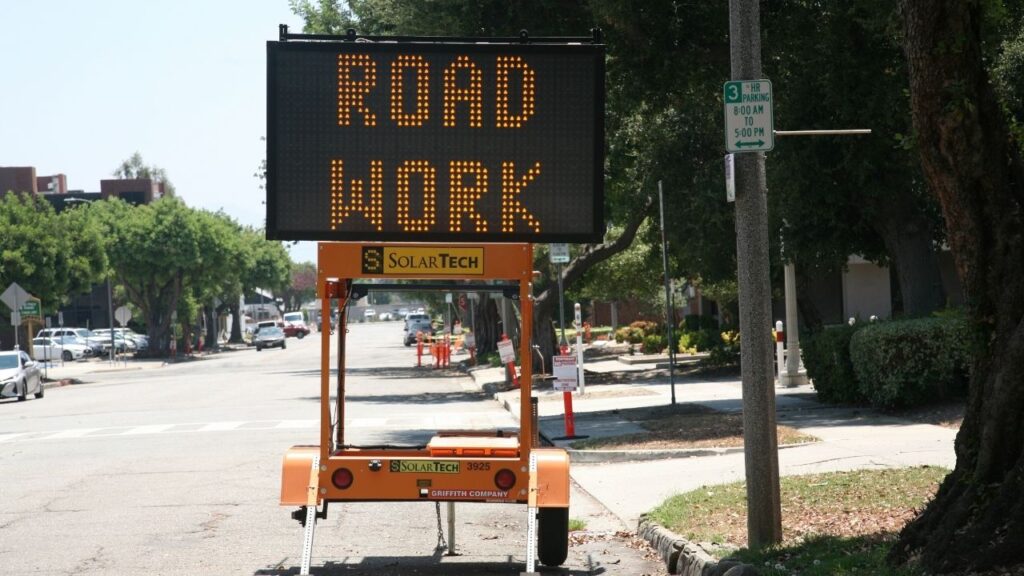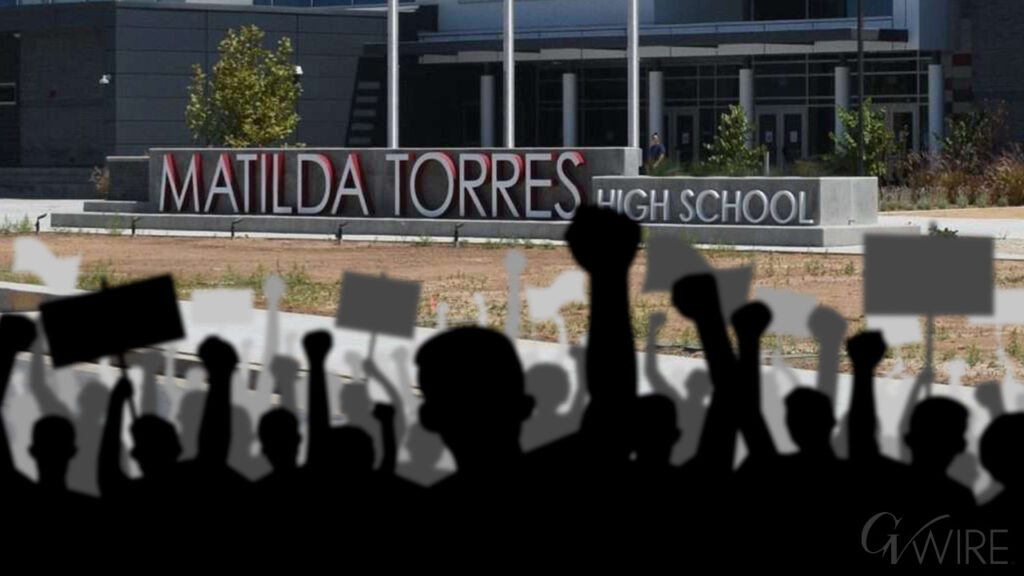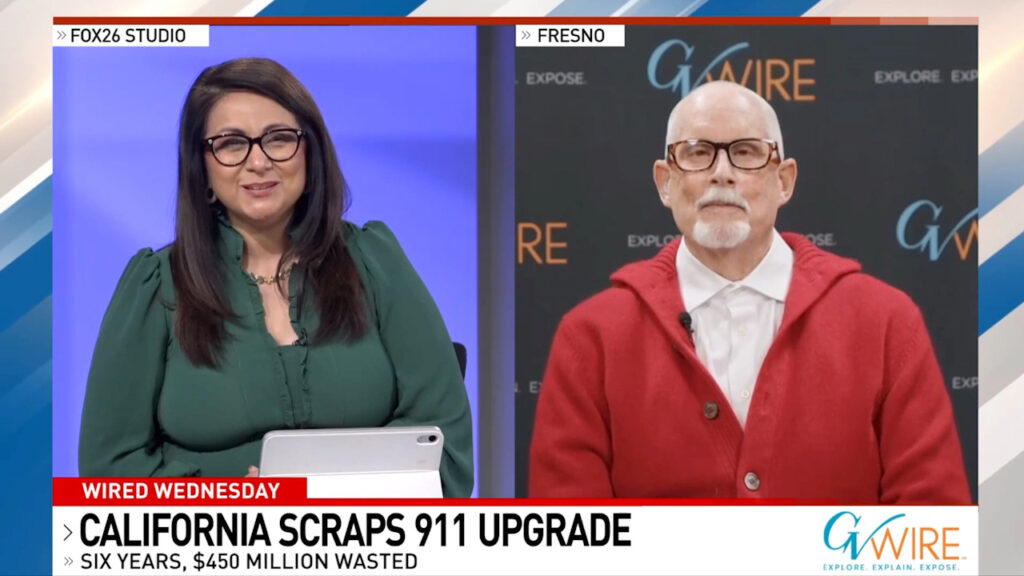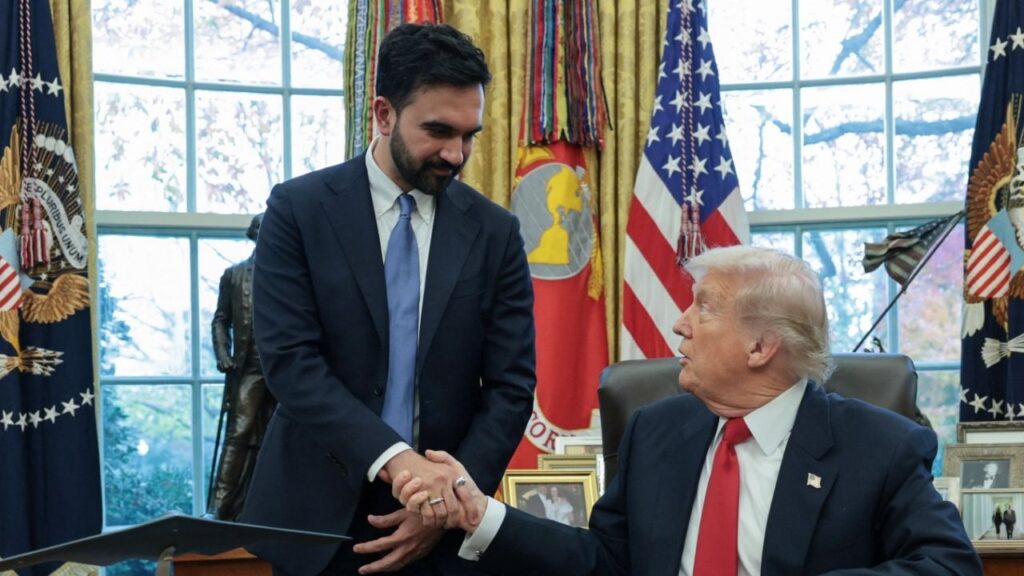Share
Lea este artículo en español.
A new California program to financially reward college students for volunteering has drawn national attention — but less than half of its budgeted money is going to actual student aid.

Mikhail Zinshteyn
Analysis
CalMatters
The California Volunteers College Corps program, backed by $159 million in mostly state money, promises to award up to $10,000 to 6,668 low-income students who volunteer in K-12 education, on climate action or to reduce food insecurity.
That only works out to $66.7 million for students, though. So where is the other $92 million going?
Mostly it’s going to hiring and administrative costs despite no guarantee the program will continue past 2024. Some experts think that money split makes sense because students could benefit from training and there’s a chance the program would get additional funding in the future. Other experts think the money should go directly to students, so fewer of them will have to work on top of their other responsibilities.
“I think this is a classic question of is it better to give a person a fish or teach them how to fish,” said Nora Silver, a professor who studies nonprofits at UC Berkeley’s business school and herself led a volunteer program.
To her, the program does both: It gives students money directly and includes a lot of programming to train students and connect what they learned as volunteers to the job market.
Nor does she find the total costs of the program out of whack. The budget details to build out the network of colleges and nonprofits — including career, academic, and financial aid advising for student volunteers — are “necessary to offer a well-functioning program,” said Silver.
Why not Give Cash Directly to Students?
The flipside of that argument is to just give out the fish — or cash — directly to students. That’s what Robert Shireman would have preferred. He’s a higher-education director at the nonprofit Century Foundation and had a senior position overseeing higher-education policy in the Obama administration.
“I would have plowed the money directly into financial aid based on need and not a new temporary service program,” said Shireman, who noted that many low-income students already work to afford college.
The program is set to last two years, though Gov. Gavin Newsom suggested at a Jan. 18 press event that he’d ask the Legislature to expand the program “if this thing works.” Part of the money will go toward an external evaluation of the program.
Silver thinks the goal is expansion. The program reminds her of the early days of AmeriCorps, the federal volunteer service created in the 1990s. “I don’t think anybody’s going into this saying this is a two-year program,” she said.
Where Does a Majority of Money Go?
Almost all of that $92 million that’s not going directly to students is meant for program costs, according to a budget CalMatters received from California Volunteers, the state office running the program. Forty-five colleges and universities — nearly all public — will share the money.
Of that, $77 million is for a whole array of operations work to build up the volunteer program. That includes money for the colleges whose students will be in this program to develop their local programs and partner with the nonprofits where students will work. Costs include:
- hiring consultants and staff, acquiring extra office space and IT equipment;
- recruiting the actual student volunteers and funding the nonprofits where they’ll do their volunteer work;
- providing students career and academic advice plus training events;
- and an external evaluator, who’ll be hired at a later date, to assess the volunteer program.
Another $15 million is reserved for California Volunteers personnel.
Not only is the program a way for students to give back to their community but it’s also an opportunity that allows students to be “learning about a career and also earning while learning that career,” said California Community Colleges Chancellor Eloy Ortiz Oakley.
But a state program for connecting students to careers already exists. Last year’s state budget injected $200 million into a new work-study program for college students, with $300 million more planned for this year.
How Will Students Get Money – and When?
Student participants will begin volunteering through the program fall of 2022. Upon completing 450 hours during the academic year, each will get $10,000.
The money is split up into two buckets — $7,000 paid out regularly and a final lump sum of $3,000 after a year of service. As students fulfill their hours, they’ll be paid as if they’re campus employees through their college or university’s payroll system. Even if students don’t volunteer the full 450 hours, they’ll receive a prorated amount of the initial $7,000. But to receive the final $3,000, students will need to complete the full 450 hours of service.
Unlike the federal AmeriCorps, undocumented students may participate in the California volunteer program. State officials want 20% of the volunteers to be undocumented students who receive state financial aid. They’re eligible for the same $10,000 available to other students, but their pot will come from state dollars only, while federal funds will cover a portion of $3,000 other students will be awarded.
State Goal: 20% of Volunteers to Be Undocumented Students
State officials want 20% of the volunteers to be undocumented students who receive state financial aid. Their pot will come from state dollars only.
But all that extra money may create a headache for some volunteers. The $7,000 volunteers work toward counts as income, which may “impact a student’s financial aid,” reads a program FAQ. Campuses are urged to work with their financial aid offices to “mitigate any impact” for students. Also, the $7,000 is taxable income, meaning taxes will be deducted each paycheck.
Only full-time students will be eligible for the service program.
The College Corps state volunteer program builds on a smaller effort California launched in 2020, about six months into the COVID-19 pandemic. Though that smaller effort had the goal of attracting 250 students, ultimately 199 participated, according to performance review data that Julie Goggins, a California Volunteers spokesperson, shared with CalMatters.
And some — 7% — didn’t complete their full hours of service and so weren’t awarded the full amount for which they were eligible. Most students — 90% — also acquired professional development skills, according to performance review assessments. Some colleges from the pilot round are also participating in College Corps.
A Bigger Big Picture
The budget for the volunteer program makes sense, but the devil’s in the details, said Alexandra Graddy-Reed, a professor who studies nonprofits at the University of Southern California. She likes that students who volunteer will receive various layers of advising. It’s another way for the colleges and the state to expose those low-income students to opportunities wealthier students often already receive through their families’ connections, Graddy-Reed said.
All those services require more personnel and hiring people is expensive, which helps explain the program costs, she said. The mix of volunteerism and various advising “sounds good to me” as a way to spend tax dollars, Graddy-Reed added. Still, she’ll want to see the specific hiring decisions colleges will make at the local level and whether most of the operational funding will be for College Corps or for general campus operations.
Campus-level contract amounts won’t be available until the summer, according to Goggins.
Fresno State and Fresno City College Aim for 120 Students

Some campuses have begun advertising their programs. UC Davis and three other Sacramento-area colleges will share up to $16 million for about 1,000 student volunteers. Fresno State and Fresno City College will bring on about 120 students over two years.
Shireman, who preferred to have the money instead go directly to some of the poorest college students. pointed out that Newsom vetoed a bill last year that would have given cash awards or fully covered tuition to more than 100,000 additional college students.
Newsom and lawmakers have dramatically expanded the state financial aid program in other ways that give students aid directly, like cash and grants to fully cover tuition. But those are all ongoing programs, while the money for the volunteer program is just two years. From a publicity standpoint, it’s probably better to create a temporary program, such as College Corps, than to briefly expand access to ongoing grants only to have them disappear soon after, Shireman mused.
About the Author
Mikhail Zinshteyn has been a higher education reporter since 2015. As a freelancer, he contributed to The Atlantic, The Hechinger Report, Inside Higher Ed, and The 74. Previously, he was a reporter at EdSource.
About CalMatters
CalMatters is a nonprofit, nonpartisan newsroom committed to explaining California policy and politics.
RELATED TOPICS:
Categories
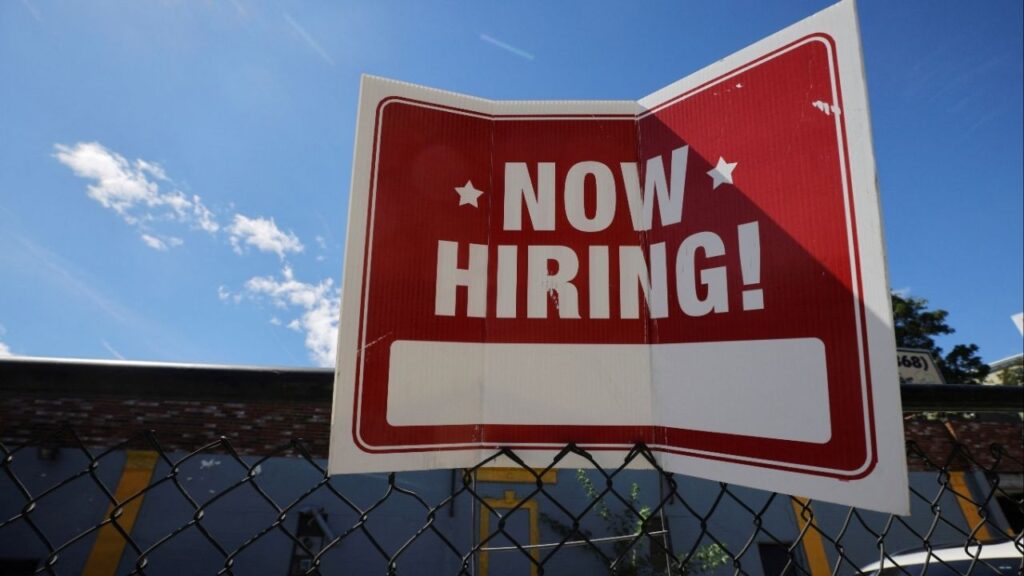
US Weekly Jobless Claims Dive to a More Than Three-Year Low

Fresno’s New Money Grab?
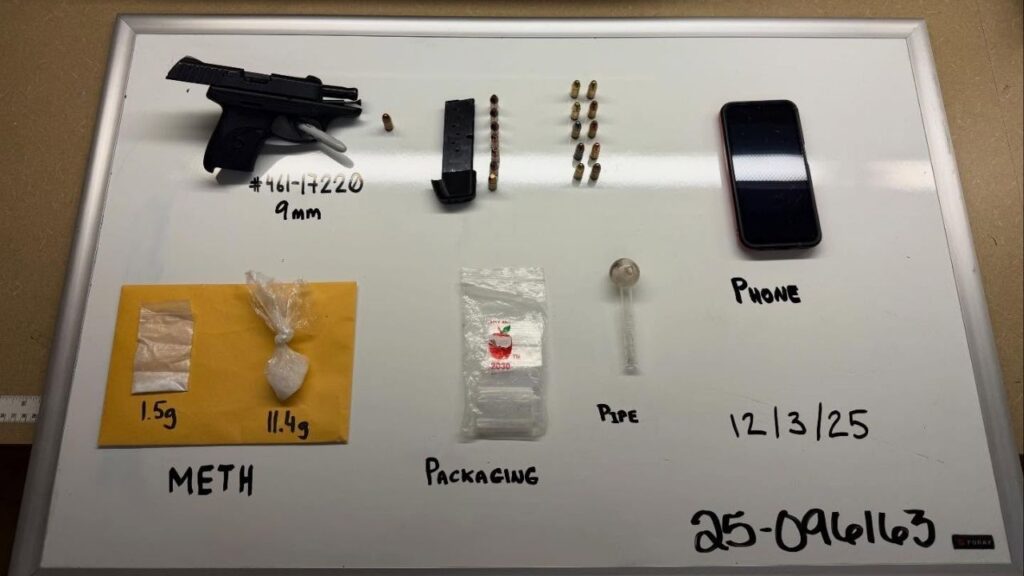
Visalia Police Arrest Two in Fentanyl Bust
